BIC Submission to the Consultation Draft of the National Road Safety Strategy 2021-30
This submission provides a response to the Office of Road Safety and their National Road Safety Strategy 2021-2030. The BIC addresses regional and remote access with better transport options, heavy vehicle safety and regulation, and outlines a 10-point action plan for a national bus safety strategy. The main issues raised by the BIC were: Better transport options and assistance in regional areas. Sustainable community transport Safety regulations – Heavy Vehicle National Law Common approach to Safety standards Current safety technology in buses and coaches Speed limit controls Industry Advisories and Codes. Download the Submission Download
